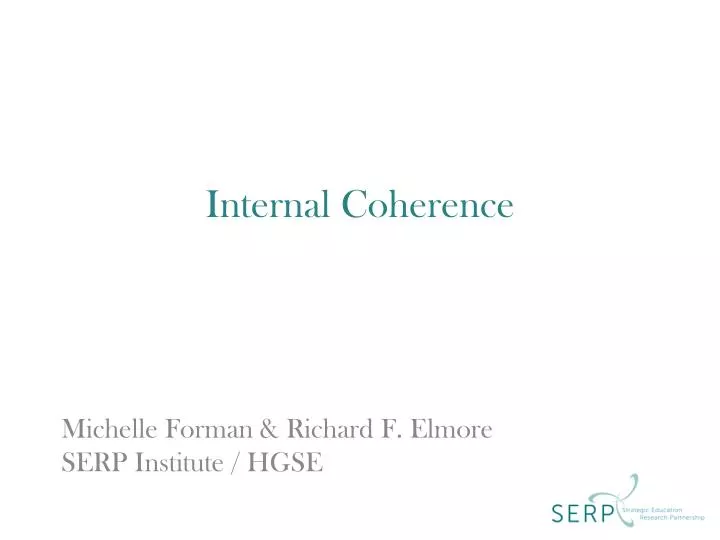

It is this constancy of perception and the coherence between the individual perceptions that are, according to Hume, the corner stone of the common sense belief in the existence of an external world. But even in these changes, the perceived bodies maintain coherence.

exactly similar, and from this the account is to explain the movement of thought to the conclusion that they are numerically identical. What we see in the later perception are the ‘same' in the sense of qualitative identity, i.e. Bodies change position and other qualities (the cat is now chasing a bird and the tree has lost a leaf) and may become hardly recognisable after a while. If I close my eyes for a while and look outside the same window again, I believe to see the same houses, trees and cat. If I look outside my window right now, I see houses, trees and a cat. Hume notes that objects to which we attribute continued existence have a particular constancy. All knowledge degenerates into probability. In this paper, the arguments from constancy and coherence will be summarised and it will be argued that they are not as irrational as Hume makes them out to be.ĭavid Hume. According to Hume, only scepticism about the existence of the external world remains. Hume believes, however, that these inferences are flawed and he can only find “contradictions and difficulties in every system concerning external objects”. He argued that our common sense belief in the existence of things outside the mind depends on two inferences: one from constancy and the other from coherence. Hume investigated what kind of cognitive processes give rise to the common sense belief that there is an external world. The philosophical view tries to justify the belief in external objects on these contradictory assumptions, which results in a "system of double existence". Hume believed that the philosophical view of representative realism is worse than the naive realism of the common sense view, because the philosophical view takes no stand on whether our perceptions are continued, identical and independent or whether they are dependent, interrupted and different. Hume distinguished between the "vulgar opinion"-the common sense belief that perception and external objects are the same-and the philosophical view, in which perception and the perceived object are distinct from each other. David Hume (1711–1776) wanted to find out how we come to this ingrained belief in the external world. Philosophical reflection upon this common sense belief has, however, often resulted in scepticism about whether we can safely conclude that there is indeed a material world outside our consciousness. Firstly, incoherence occurs because “institutional structures and mandates in the EU are notoriously complicated and do not allow for efficient coordination.” The second reason for the incoherence of the EU’s human rights policy is supposedly the fact that “frames of reference in different policy fields are also different, and do not all align with the human rights agenda with the same intensity.” Finally, the third, non-technical, but political and strategic reason may be that “the Union´s many competences result in its obligation to cater to different interests, some of which may consider human rights to be a hindrance.Our consciousness presents us with a reality that seems coherent and predictable. It is remarkable that the challenge of (in)coherence has been identified primarily as the result of technical obstacles at the side of the EU´s institutional system. In this context, the largest academic project on the EU and Human Rights of the past years, the FP7 Frame project aiming at ´Fostering Human Rights among EU (internal and external) policies´, identified coherence as one of three major cross-cutting challenges for the fulfilment of the EU´s strong commitment to compliance with, and promotion of human rights standards. This is visible in academic as well as in policy-making outputs. The current discourse in the field of the external human rights policy of the European Union (EU) is strongly oriented toward the so-called “challenge of (in)coherence”.


 0 kommentar(er)
0 kommentar(er)
